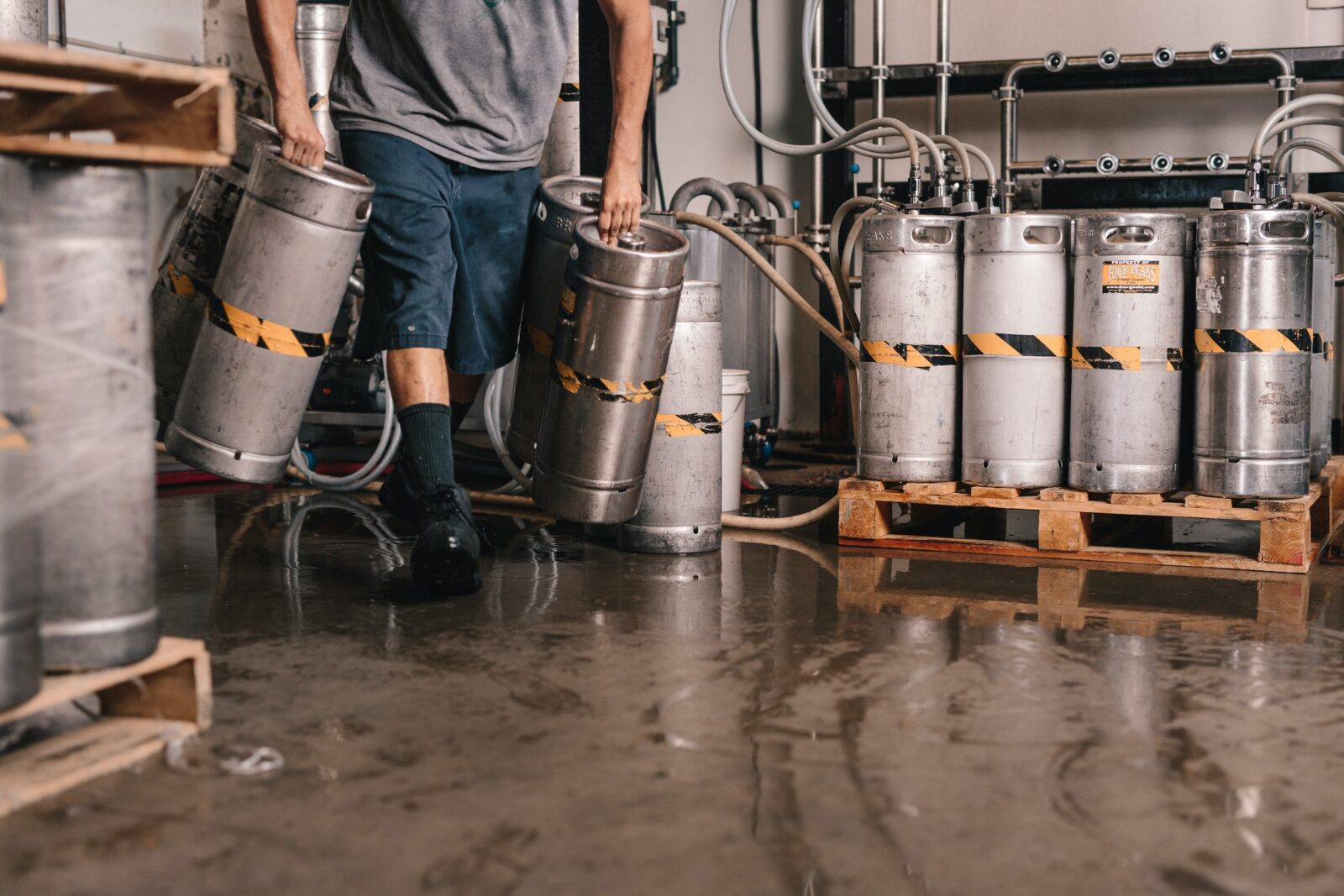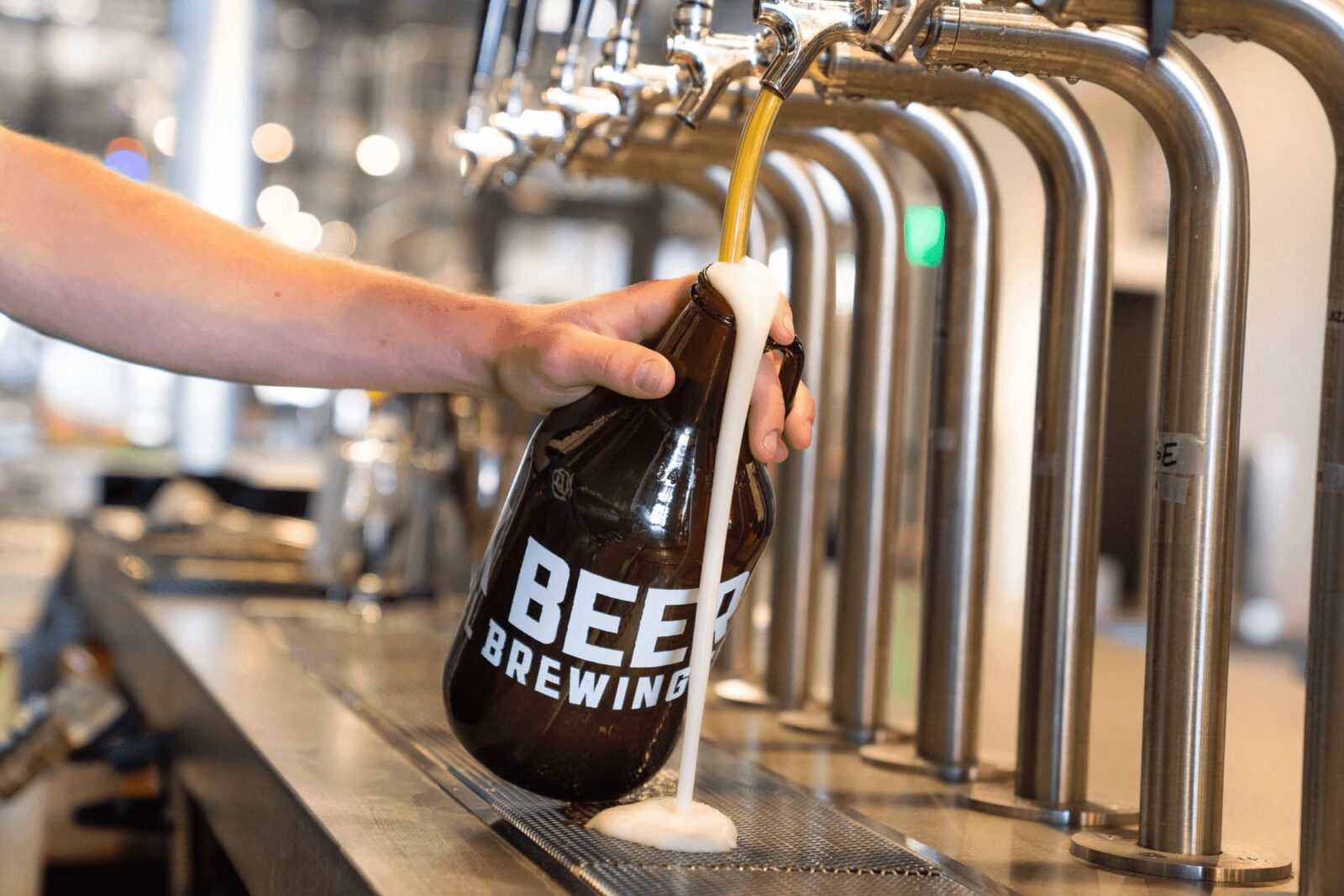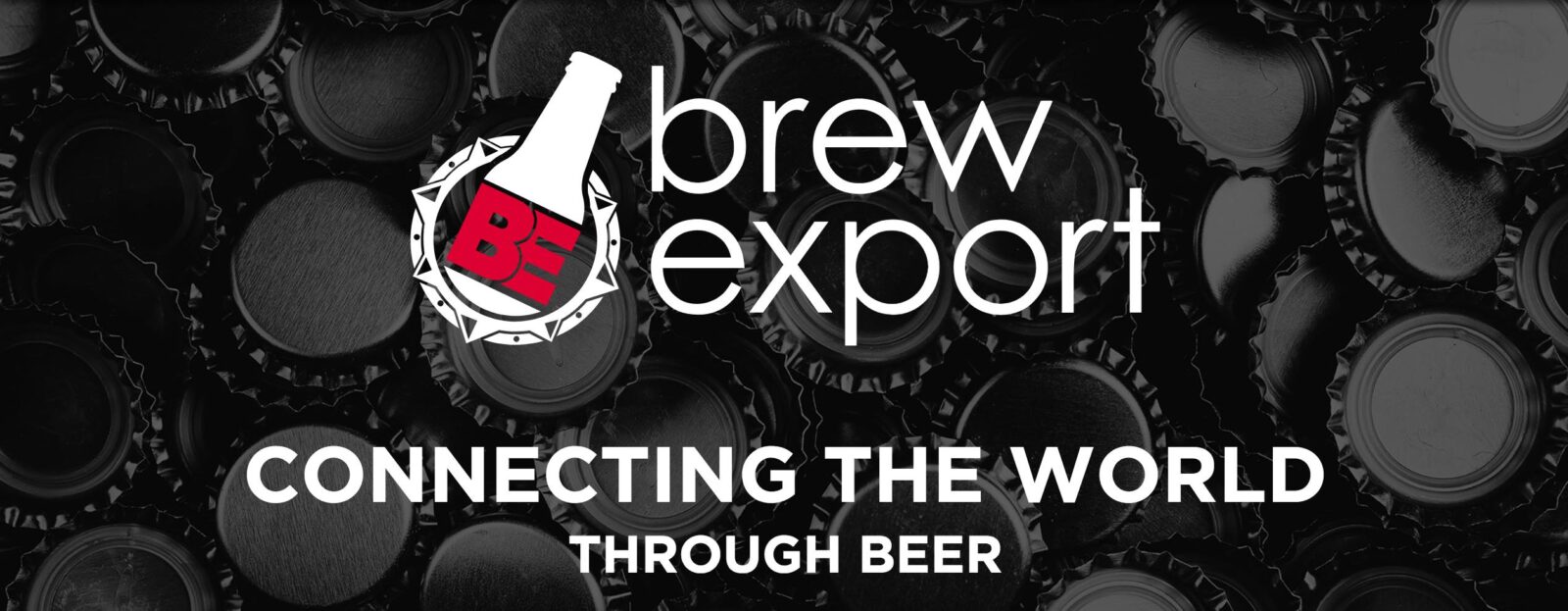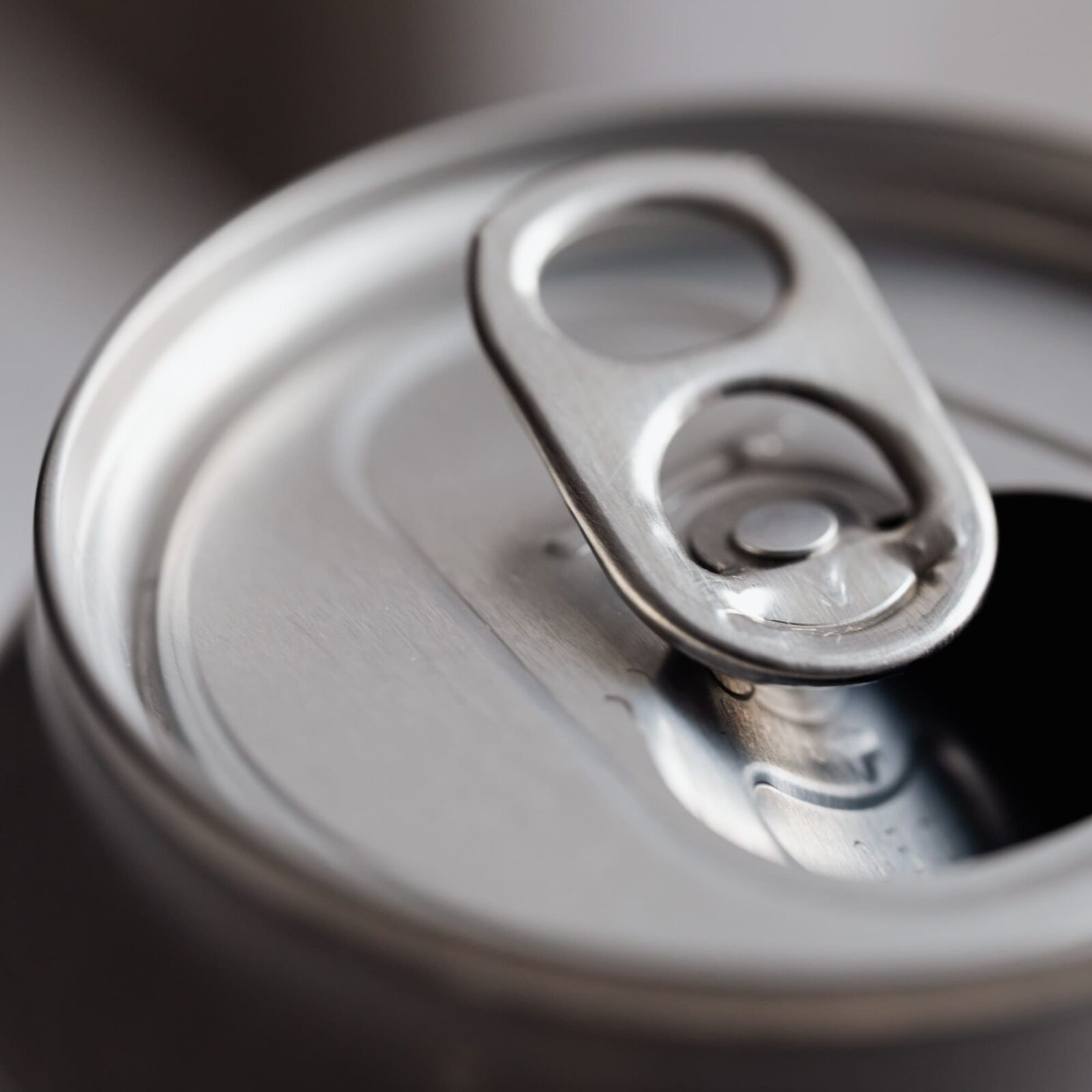The total number of breweries has continued to decline despite strong sales being reported by the sector, new data has found.
The craft brewing industry in the United States has experienced exponential growth over the past few decades, with a vibrant community of small and independent breweries producing innovative and high-quality beers. However, like any business, craft breweries face the challenge of managing their finances, including tax liabilities. Finding ways to reduce the tax burden can significantly impact a brewery’s bottom line and contribute to its overall financial health. In this article, we will explore some effective strategies that US craft breweries can employ to lower their tax bills while staying compliant with tax regulations…
As the craft brewing industry continues to experience exponential growth, many craft breweries are starting to feel the effects of inflation. With the cost of ingredients and labor on the rise, craft breweries are looking for new and innovative ways to save money and stay afloat in these turbulent economic times. This article will provide 20 cost-saving strategies that craft breweries can employ to help them survive inflation in 2023. Each of these strategies has proven to be effective in helping craft breweries cut costs, increase efficiency, and remain profitable.
Brewers have long been at the forefront of environmental causes and sustainable initiatives. From recycling to energy-efficient equipment, craft breweries have long worked to leave a minimal footprint in a very resource-heavy industry. The recent shock on fuel prices and rising energy costs along with an aging power grid in many states has caused breweries of all sizes to think about alternative energy sources or bringing equipment in-house to keep the lights on and taps flowing.
Ongoing disruptions to breweries’ supply of carbon dioxide have made national news on the heels of a decision by Massachusetts-based Night Shift Brewing to outsource most beer production in part because it was unable to source the gas needed to carbonate its beer. Combined with higher costs breweries are already paying for items like aluminum, malt, and packaging materials, the burden of having less CO2, paying more for it, or not being able to carbonate and sell as much beer as planned represents a crisis for breweries’ profit margins.
By investing in innovation and committing to expanding its presence in Milwaukee and Wisconsin, Minneapolis-headquartered Indeed Brewing Company grew its total production to 17.5K barrels sold in 2021, up more than 20% in 2020 and up 38% from 2019.
To make their vision a reality, Brew Export provides expert navigation of compliance, logistics, and international marketing for the export and import of American craft beers. It is their mission to establish the United States as the preeminent source for exceptional craft beer throughout the world.
The Alcohol Health Alliance wants to see the UK’s Health and Care Bill – which will restrict advertising and promotion on high fat, salt and sugar products – extended to include alcohol.
Ball Corp (BLL)., one of the world’s largest suppliers of aluminum cans, is sending shockwaves throughout the craft beer world after lifting the minimum number of cans certain producers must order and saying it will raise prices.







